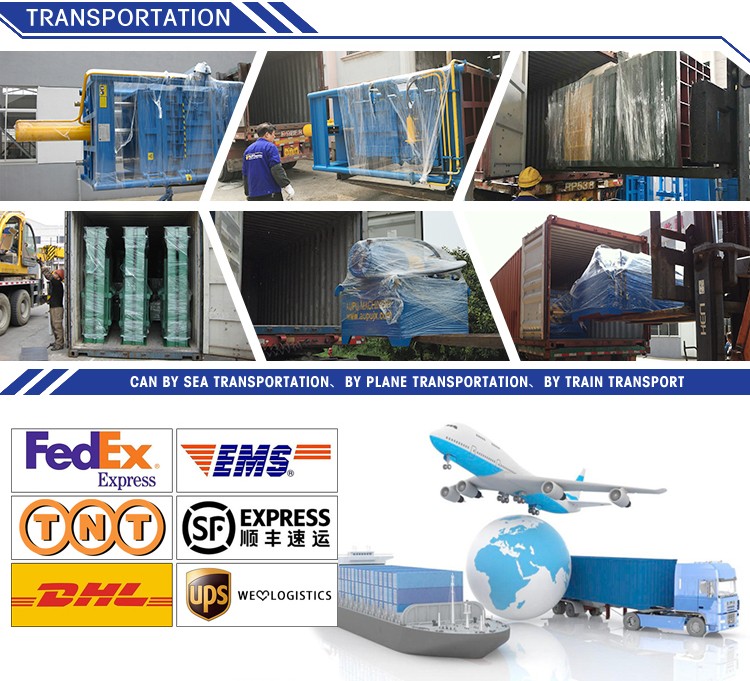Here are the main wear-and-tear parts of a tire baler and their details:
1. Seals and Gaskets
In hydraulic tire balers, seals (e.g., O-rings, piston seals) and gaskets are critical for maintaining hydraulic pressure. They prevent oil leaks and ensure smooth operation. Continuous compression cycles and exposure to dust or debris can cause seals to crack or harden over time, leading to reduced efficiency or system failures. Regular inspection and replacement of worn seals are essential to avoid costly hydraulic issues.
2. Hydraulic Hoses and Fittings
Hydraulic hoses transmit fluid power within the baler’s system. Frequent bending, high pressure, or abrasion from moving parts can cause hoses to develop leaks, cracks, or bursts. Loose fittings may also result from vibration during operation, leading to oil seepage. These issues can disrupt the baler’s performance and pose safety risks. Upgrading to reinforced hoses or using protective sleeves can extend their lifespan.
3. Cutting Blades
Tire balers with built-in cutting mechanisms rely on sharp blades to slice through tire materials (rubber, steel cords). Constant contact with tough tire components dulls or chips the blades, reducing cutting efficiency and increasing strain on the machine. Blades made of high-carbon steel or tungsten carbide are more durable but still require regular sharpening or replacement, especially in high-volume use.
4. Pistons and Cylinders
The pistons and cylinders in hydraulic systems are subject to friction and pressure during each compression cycle. Over time, the piston rods may develop scratches or corrosion, while cylinder walls can wear unevenly. This can cause hydraulic fluid contamination, slow operation, or even complete cylinder failure. Proper lubrication and using corrosion-resistant materials can mitigate wear.
5. Belts and Chains
In mechanical (non-hydraulic) balers, drive belts or chains transmit power to moving parts like the compression chamber. Repeated tension and movement can stretch or break belts, while chains may rust or lose lubrication, leading to slippage or noise. Regular tension checks, cleaning, and lubrication are vital to prevent unexpected downtime.
6. Bearings and Bushings
Bearings support rotating or sliding components (e.g., shafts, rollers) in the baler. Dust, moisture, or lack of lubrication can cause bearings to seize or wear out, resulting in excessive noise or mechanical failure. Sealed bearings or those with regular grease fittings are more resistant to harsh environments, but all require periodic maintenance.
7. Compression Plates and Chambers
The compression plate that crushes tires into bales may experience wear on its surface due to friction with tire debris. Over time, grooves or uneven surfaces can form, affecting bale density and uniformity. Similarly, the interior of the compression chamber may accumulate rubber particles, causing abrasion. Coating these parts with wear-resistant materials (e.g., manganese steel) can prolong their service life.









